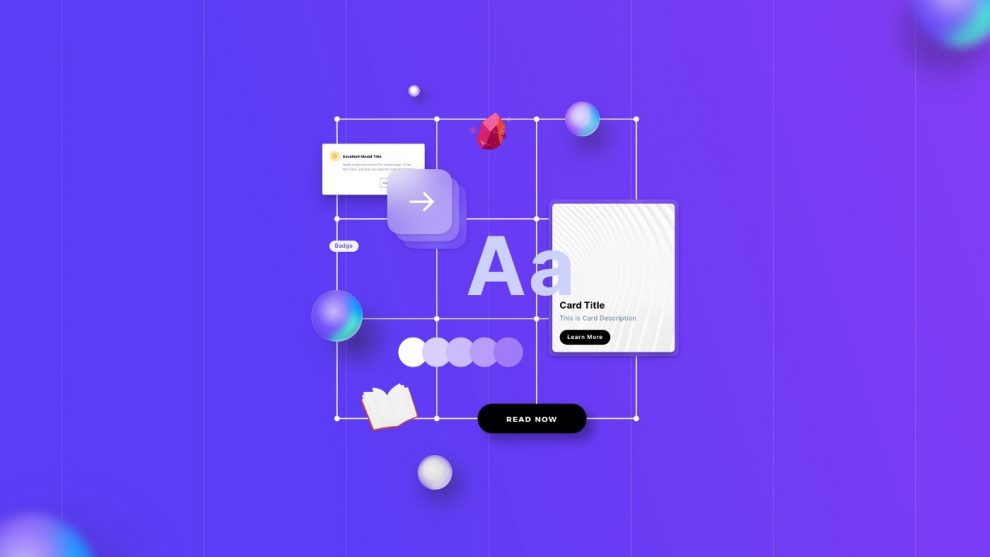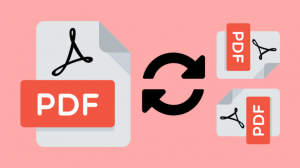Using Sketch to design your website or app means using InVision. Today, there are tons of different design templates, but your research isn’t complete without mentioning the Sketch design system. This is because; it saves time, money, and its standard features cannot be overemphasized.
But how can Sketch help you get the best design at your interface design stage? Well, I’ve come across this question about ten times today on the internet. People keep asking why Sketch is quite different from the likes of Figma, Framer, and Vectornator. As an expert UI designer, you might have a feel for it.
Meanwhile, Sketch has a lot of standard features that make creating an interface in drawing dimensions possible. Not only that, but it allows designers to know where design inconsistencies lie. The sketch was the project of startups in 2018, and now the dimension of user experience has been revolutionized.
Have you ever been designing with a sketch design system template but stuck up at some point? It’s not a lack of creativity! Sometimes, you just need the right person to tell you where to go. Now that there’s a real battle among different tools in the industry, it’s essential to know how to scale through when it happens.
That’s why we decided to compile this article for you. Here, we have unveiled the seven fantastic tips for streamlining your Sketch design systems template. In addition, we will walk you through the reasons to create a design system with Sketch and what it brings. I’m sure you’re ready to read it; kindly check it out!
Tips for Streamlining Your Sketch Design Systems Template
If you want to improve your workflow dramatically, I’m sure Sketch is one thing you won’t forget. In fact, the Sketch design system template is perfect for crafting educational websites and landing pages. But when you’re stuck in the middle of the design process, what do you do? Below are a few tips to streamline your Sketch design systems template.
1. Organize Your Layout Often
When building your design, it’s always good to rename and organize your layout. And that’s one thing that Sketch can do. In fact, many plugins can help you sort out your design layers without delay. That’s why you see designers using Tab and Cmd + R often when designing in Sketch.
2. Do the Boring Task First
If you don’t want to get stuck in the middle of your design, it’s advisable to do the boring stuff first. From personal experience, we noticed that colors and typography remain the first component of every great design. In this case, it pays to get those tasks done before creating anything else. So, before you get to the more fun part of the design process, finish your boring task.
3. Avoid Spending Time Resizing Element
Resizing your element is good, but no one will tell you to stop doing it manually! If you want a good design system in Sketch, avoid spending time resizing elements. However, you can freewheel it with your measurement. And since you want to be in full-on creative mode, don’t try to sum in your brain.
4. Create Share Design Libraries
While designing your template in Sketch, you might want to collaborate with your team members and share the design system. If this is you and probably got stuck as to what to do next. Worry less; just create a share design system library. Of course, plugins are a good way, but a Sketch share library is better.
5. Use Lowly Hyphens in Sketch
As an expert designer, you know the benefits of using hyphens in your design. But if that sounds new to you, be sure to use it in Sketch! The Sketch design template allows you to do wonders with the naming of your text and layer styles. Therefore, using hyphens helps to give a prominent style to your design system.
6. Combine Shapes and Boolean Together
Shapes and Boolean are necessary for the Sketch designing process. It makes your interface looks different, and with intersects, you can only see where the shapes overlap and are visible. Also, if you can spot the boolean at the menu bar, you should know its importance. This entails combining more than one shape with the Boolean operation.
7. Provide Your Design with a Good Prototype
If you’re designing in Sketch, you must prototype like a pro. Give your design realistic dummy data, use craft plugins and make it interactive and dynamic. Being able to iron out the dynamic components and animations before development ensures that your conversions are higher. This means your customers will complain lower, and your Sketch design system will have more impact.
Building and Sharing Word Class Design on Sketch
As you may imagine, the apps or websites we build has its unique colors, styles, and different components. Anyway, we need to use design components across different interfaces to achieve a desirable result. Meanwhile, having an enormous amount of projects means we need to apply several approaches to get a unique UI concept.
Furthermore, as an expert, you need to get the best Sketch design system template. But remember, whenever a design is updated, you must inform any design file using the asset. Also, you must have a single place to host your components. This way, you’ll get the right design suitable for your need.
In spite of that, wait no more if you’ve been finding the right sketch design system for your product. We have a reliable source! Visit Fabrx Design, as their ready-made design templates are perfect for designing any web or mobile application.
Conclusion
There are many ways to streamline your Sketch design systems template. Since they are not limited to the ones mentioned above, you can always come here for more information. In addition to these seven, you can track your progress by creating a spreadsheet. Give some clap if you enjoy reading this article!
Author Bio –
Ronik Patel is the CEO & Founder of Fabrx Design & UnlimitedWP, A White Label WordPress Development Agency located in Boston, USA. Offering Unlimited WordPress tasks for digital and web agencies at a fixed monthly cost.





